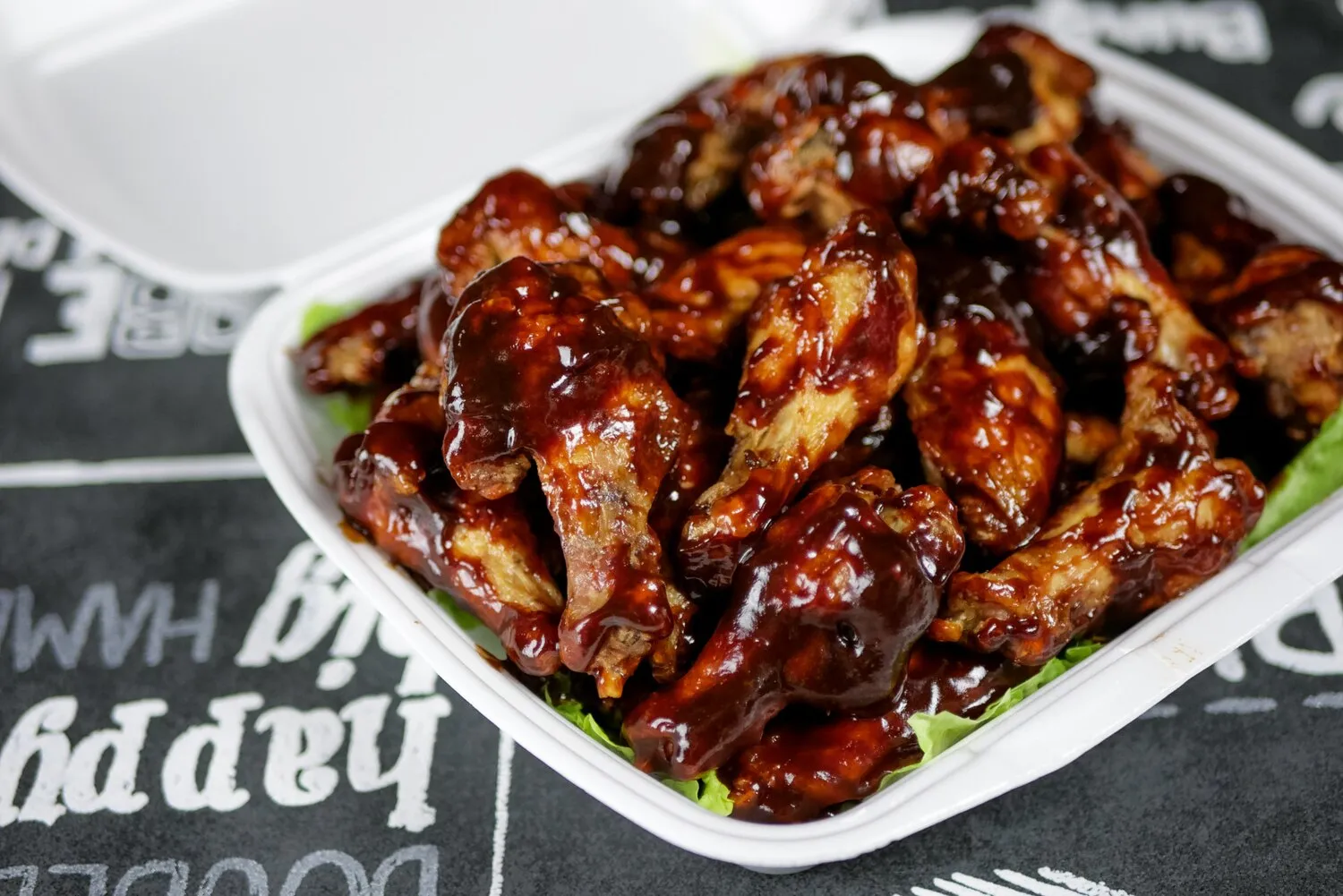
Gỏi cuốn (Fresh Spring Rolls)
Fresh spring rolls filled with rice vermicelli, vegetables, and usually shrimp or pork, served with a dipping sauce.
Nutrition Facts
* The % Daily Value (DV) tells you how much a nutrient in a serving of food contributes to a daily diet. 2,000 calories a day is used for general nutrition advice.
The origins of Gỏi cuốn are somewhat obscure, but it's believed they evolved from earlier Vietnamese dishes influenced by French cuisine, specifically the use of rice paper. The rice paper itself has a long history in Vietnamese cuisine, likely adapted from Chinese traditions. The dish reflects the abundance of fresh ingredients available in Vietnam and the culinary traditions of utilizing them in light, refreshing ways.
Gỏi cuốn is more than just a dish; it's a symbol of Vietnamese cuisine's emphasis on fresh ingredients, healthy eating, and communal dining. It's often served as an appetizer or a light meal, especially during warmer months.
Family and Sharing
Gỏi cuốn is frequently made and enjoyed as a family, with each person contributing to the preparation of the rolls. It embodies the spirit of sharing and togetherness.
Freshness and Health
The dish highlights the importance of fresh, locally sourced ingredients in Vietnamese cuisine. It's considered a healthy option due to its abundance of vegetables and lean protein.
Celebrations and Gatherings
Gỏi cuốn is often present at family gatherings, parties, and celebrations, serving as a light and refreshing addition to the spread.
Gỏi cuốn offers a delightful balance of fresh, savory, and slightly sweet flavors. Its appeal lies in the textural contrast between the soft rice paper, the crisp vegetables, and the tender fillings.
The primary flavors are derived from the fresh herbs like mint, cilantro, and Thai basil, which provide a bright, aromatic quality. The rice vermicelli contributes a mild, neutral base. The shrimp or pork (or both) offer a savory element. The dipping sauce, typically a peanut-based sauce or a fish sauce-based sauce (nước chấm), adds sweetness, saltiness, and umami. Nuoc cham introduces flavors of fish sauce, lime, chili, garlic, and sugar, lending a complex, nuanced flavor profile. Variations exist with other dipping sauces, such as a fermented soybean sauce (tương hột).
Rice Paper Hydration
Submerge the rice paper in warm water for only a few seconds until it becomes pliable but not overly soft. Over-soaked rice paper will tear easily.
Ingredient Arrangement
Arrange the ingredients neatly in the center of the rice paper, ensuring that the shrimp (or other protein) is placed facing down so it's visible through the translucent wrapper. Layer other ingredients thoughtfully.
Tight Rolling Technique
Roll the rice paper tightly, tucking in the sides as you go, to create a firm and compact roll. This prevents the rolls from falling apart.
Dipping Sauce Versatility
Experiment with different dipping sauces to find your preferred flavor profile. Peanut sauce offers a richer, sweeter option, while nước chấm provides a brighter, more savory experience.
Explore additional Appetizers dishes and restaurants
Explore AppetizersDiscover top dining spots and culinary experiences in Groningen.
Explore GroningenLearn more about the food culture, restaurant scene, and culinary heritage of Netherlands.
Explore Netherlands